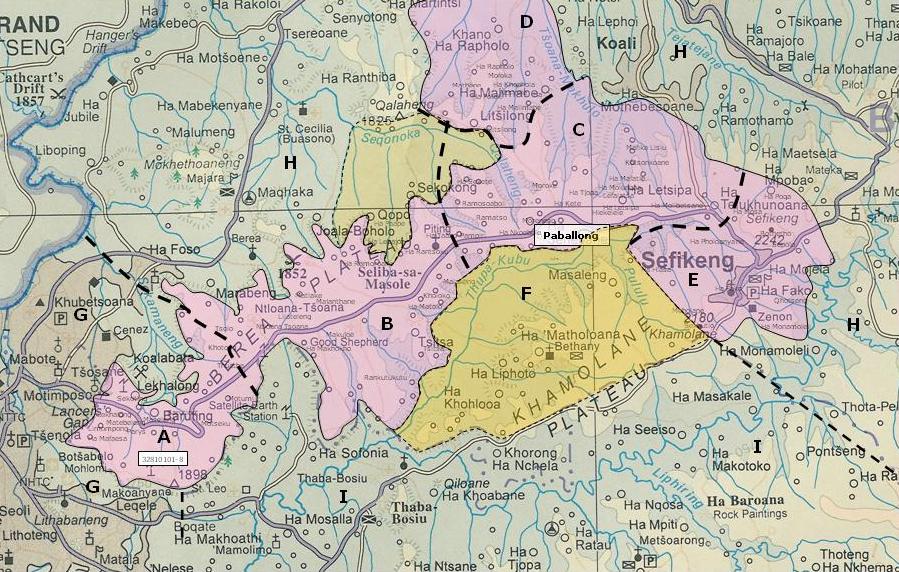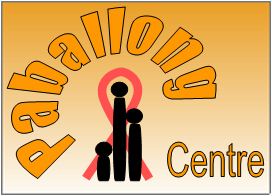
Map of the Berea Plateau
Areas on the Plateau
Areas next to the Plateau
Maseru
Sefikeng
The Paballong HIV/AIDS Care Centre:
How to Support Us


About Us

Who We Are

What We Do

© Paballong Trust 2013
Registration No. 26453
with the Deeds Registry
of 24/07/01
Page Design by Tom Raster Disclaimer
Berea Plateau


Where We Are

Resources

Contact
Location and Role of the Paballong Centre
The Paballong HIV/AIDS Care Centre is found in a central position on the Berea Plateau, an area that streches from the outskirts of
Lesotho's capital Maseru, about 33km to the town of Sefikeng.
Before it started there was no place on the Plateau where people could have received HIV-testing, -counselling or ARVs.
In 2012, 5,940 visits were made to Paballong, of which 93% came from the Berea Plateau. The Centre therefore is of particular benefit to those further away from the bigger cities in Lesotho.
Baseline Survey
In December 2006 a survey was conducted in 304 households
(1,605 household members), which was considered to be a representative sample of all households on the Berea Plateau.
The resulting information was analysed to determine the households’ socioeconomic situation (accommodation, assets, access to water, agricultural possessions) plus their
membership (age, gender, economic and health status)
and available health support.
In spite of the fact that households differ considerably, the survey demonstrated that they are in general socio-economically weak. There is much unemployment and 30% of the household members have health problems.
However, the fact that the younger generation has more schooling than the older one is cause for quiet optimism.
(continued on the right)
Survey on Health Support
A supplementary survey of all health support on the Plateau was subsequently undertaken in July and August 2007.
This survey covered village health workers (125),
spiritual healers (114), traditional doctors (135),
traditional schools (52) and orphans (estimated 5995 [19% of the whole population of the Plateau]).
The report on this survey concludes with a number of specific recommendations, including:

1. Paballong should be the focal point for all HIV/AIDS support activities on the Berea Plateau.

2. Paballong should liaise with and, if need be, provide training for all other HIV/AIDS support organisations.

3. Paballong should provide support to the community on the Berea Plateau.

4. Paballong could grow and sell herbs, seedlings and cuttings.

5. Paballong should conduct further research, for example into the health and sicknesses of infants; undertake an analysis of clients and impact of the Paballong activities.
While the extent of HIV and AIDS could not be measured directly, many AIDS related health problems (such as TB) were prevalent; it was, therefore, estimated that
23% of the households were affected by AIDS.
The respondents reportedly sought health support from clinics (42%), hospitals (30%), private doctors (13%), with 15% using traditional home treatment or home-based care and traditional doctors, spiritual healers and community health workers.








